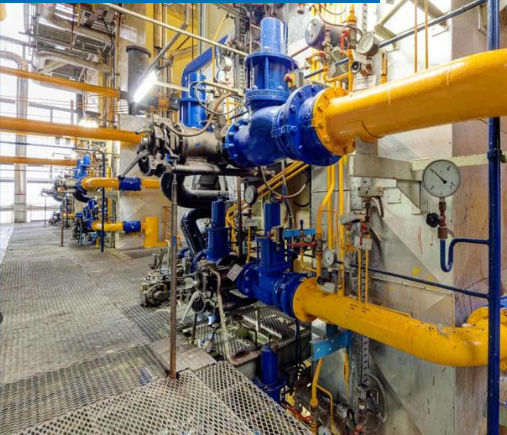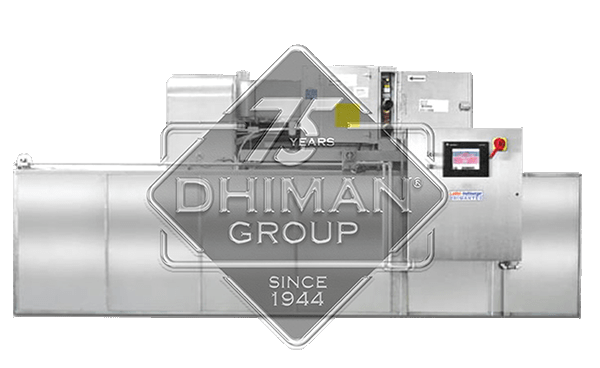In recent years, there has been a significant rise in the utilisation of various industrial processes across diverse sectors. One such process that often stands out, yet remains misunderstood by many, is nitrogen purging. This article explores the myths surrounding this technique and delves into its application in various industries, from food packaging to the oil and gas sector.
Understanding the Basics
Before one tackles the misconceptions, it’s vital to understand what this process entails. Essentially, it displaces unwanted gases and atmosphere with nitrogen, primarily due to its inert nature. This displacement prevents oxidation, maintains the quality of products, and ensures safety in various applications. The use of nitrogen, which comprises the majority of the atmosphere, has minimal environmental impact. It’s chosen not for its rarity but because of its non-reactive properties, which prove beneficial in preservation and safety. Remarkably, this same gas one breathes daily has reshaped countless industries.
Myth: It’s Only for Food Packaging
One of the most prevalent myths is that the use of nitrogen is limited to food packaging. While it plays a crucial role in extending the shelf life of food by preventing spoilage and maintaining freshness, its applications extend far beyond. For instance, many beverages also benefit from the process, ensuring that they remain crisp and flavorful long after production. This isn’t merely about preserving taste; it’s about health and safety, ensuring consumables are free from harmful bacteria and maintaining their nutritional value.
The Crucial Role in Oil and Gas
The oil and gas industry relies heavily on the process to ensure safety and maintain the quality of products. It’s used to displace potentially explosive and reactive gases, making operations like maintenance and system upgrades safer. The elimination of oxygen-rich environments in pipelines and storage tanks is critical, and this method provides an efficient solution. It reduces the risk of fire hazards and potential financial setbacks by averting possible combustion. Additionally, it helps prolong the life of infrastructure by preventing corrosion caused by oxidisation.
Electronics and the Need for Purity
When manufacturing electronics, precision is paramount. The presence of unwanted gases can lead to product defects or even short-circuiting. By using nitrogen to purge the atmosphere, manufacturers ensure the quality and longevity of their electronic products. This technique is especially crucial in the production of microchips and semiconductors, where even the slightest impurity can result in a malfunction. Maintaining an uncontaminated environment becomes even more essential as technology continues to miniaturise and standards rise.
Chemical Production and Safety
In the chemical industry, reactions can be highly sensitive to the presence of certain gases. This method helps maintain a controlled environment, ensuring that reactions occur as intended, enhancing both safety and product yield. Some chemical processes specifically require inert environments to proceed without unwanted side reactions. The introduction of unwanted gases can not only lower the product’s quality but can also lead to potentially hazardous situations. Thus, employing nitrogen ensures consistency and safety at all production stages.
Conclusion
From the examples above, it’s evident that the application of nitrogen purging is not limited to just one industry but spans across multiple sectors, each with its unique requirements and challenges. So, the next time you come across this term, remember the vast array of industries that rely on it to ensure safety, quality, and efficiency. Indeed, the adaptability of this process showcases the innovative ways industries evolve to meet challenges head-on. With advancements in technology and ever-changing industrial requirements, the methods used today might even see further refinement in the future. Regardless, the essence remains – ensuring optimal conditions for production, storage, and safety across a multitude of sectors.


























